Researchers are finding more signs of dangerous toxins from algae in Alaska wildlife
The poisons pose a threat to Alaska's marine ecosystems and the humans who depend on them.
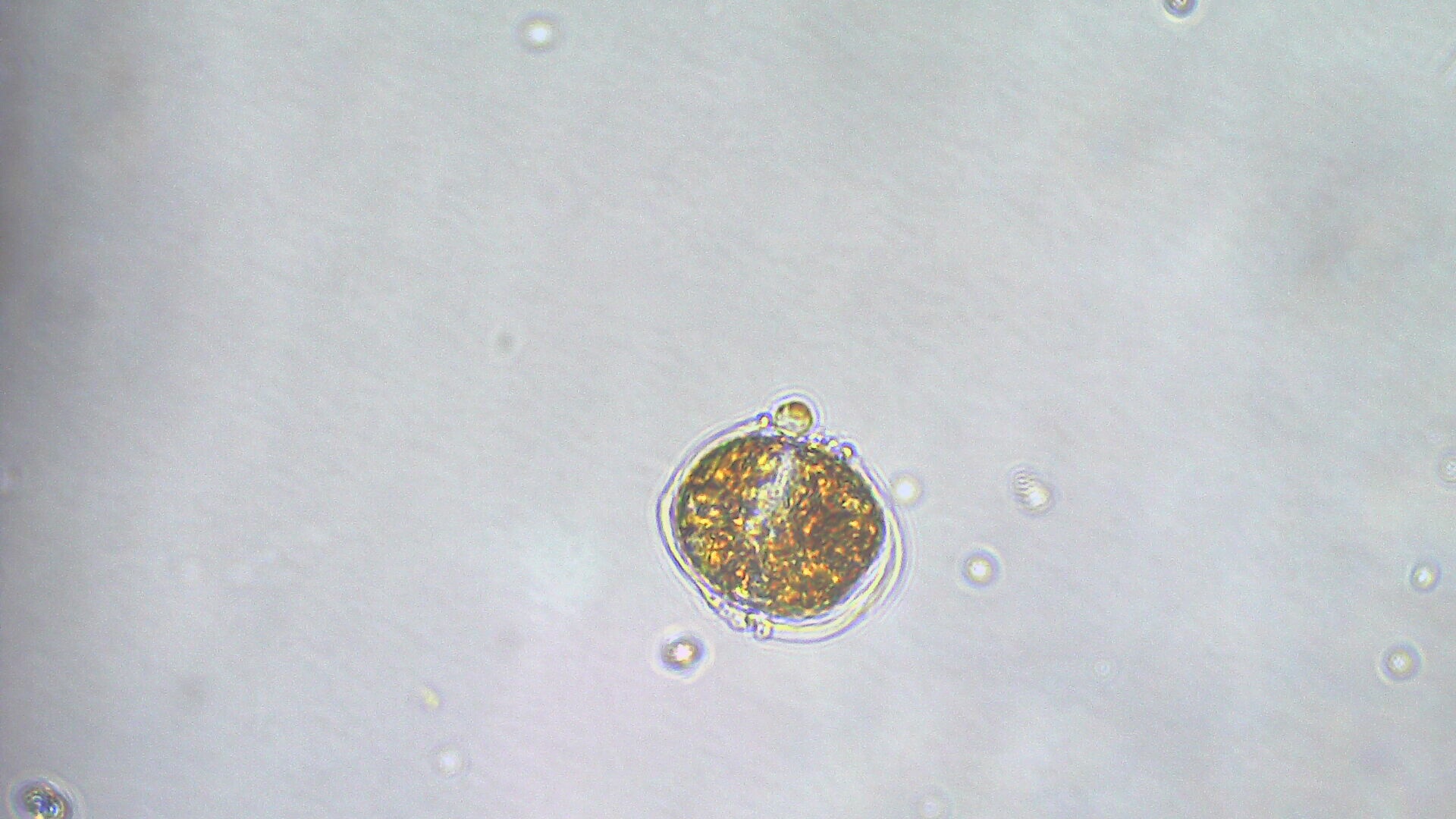
The warming climate in Alaska and across the circumpolar North is creating new health and safety risks for people, animals and ecosystems. This piece is the part of a series that explores zoonotic diseases and other hazards emerging in a warming and thawing Alaska.
Saxitoxin is so deadly that it was once touted by the U.S. military as an alternative to cyanide in suicide pills given to American aviators in World War II and the Cold War that followed.
The poison, produced by a certain type of algae, interferes with nerve transmissions and critical body functions. It is justifiably feared in Alaska, where is sometimes causes paralytic shellfish poisoning. Saxitoxin in mussels and snails harvested from a beach on the Aleutian island of Unalaska killed a local woman last July.
It’s already widely known that Alaskans will face greater risks of paralytic shellfish poisoning as marine waters warm.
But are these toxins threatening the birds that live and forage in those warming seas, too? And could seabirds be giving early warning signals about wider spread of hazards from algal toxins in the North’s warming ocean waters?
Scientists are pondering those questions.
With algal blooms proliferating in Alaska’s marine waters, associated algal toxins have been a natural suspect in successive bird die-offs in recent years that have, at times, littered beaches with thousands of carcasses.
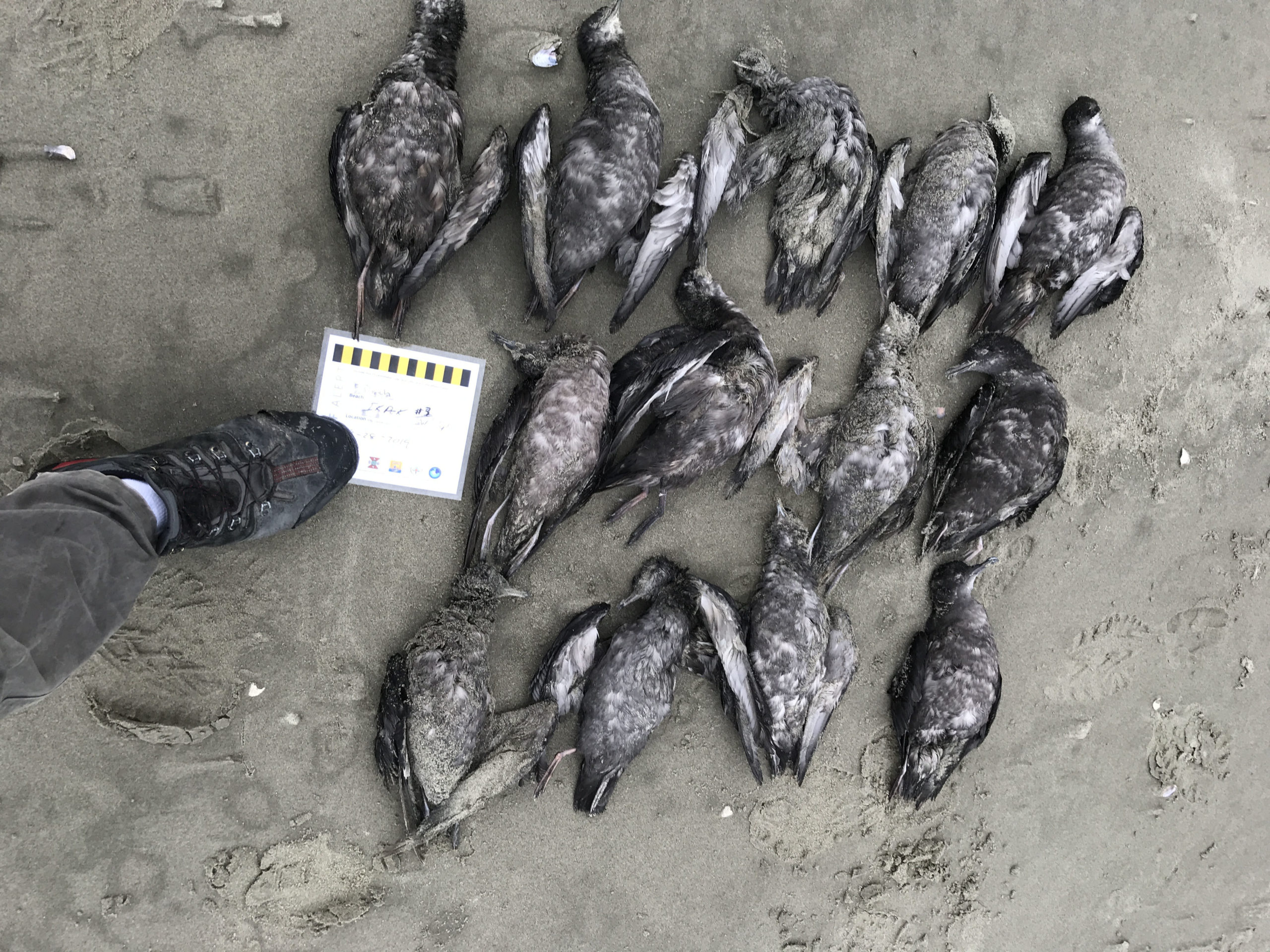
In some cases, strong circumstantial evidence pointed to algal toxins as the culprit. Several dead Arctic terns found near Juneau in 2019 had saxitoxin in their bodies and were at a location where a bloom of Alexandrium, the type of algae that produces saxitoxin, was known to exist, for example; dead birds found in 2019 at the Arctic coastal village of Point Hope were near Chukchi waters with confirmed high concentrations of Alexandrium cells; and dead puffins discovered in Unalaska in 2020 were found waters with lots of sand lance, a type of fish notorious for accumulating saxitoxin — and near the site where shellfish that killed local woman was gathered.
For the most part, however, the search for a direct cause-and-effect relationship between algal toxins and bird die-offs has found no smoking gun.
Toxins were ruled out as the direct cause of the 2015-2016 common murre “wreck,” the largest bird die-off on record in Alaska, with up to 1 million birds believed to have perished. Evidence is that the murres died from starvation, not from ingestion of algal toxins, according to a 2020 study led by Caroline Van Hemert of the U.S. Geological Survey.
Additional research by Van Hemert and her colleagues turned up mixed signals about toxin levels in birds that fell victim to different die-offs. Tests of a collection of northern fulmar and short-tailed shearwater carcasses from a 2017 die-off in the Bering Strait and Chukchi region found that most had some level of saxitoxin in their bodies. The highest level was 63 micrograms per gram — not quite the 80 micrograms per gram threshold that, when in shellfish, is the cutoff for safe consumption, but eyebrow-raising nonetheless, Van Hemert said. But dead birds collected in 2019 tested mostly negative for the toxin, and those individuals with the toxin had it at very low levels, she said.
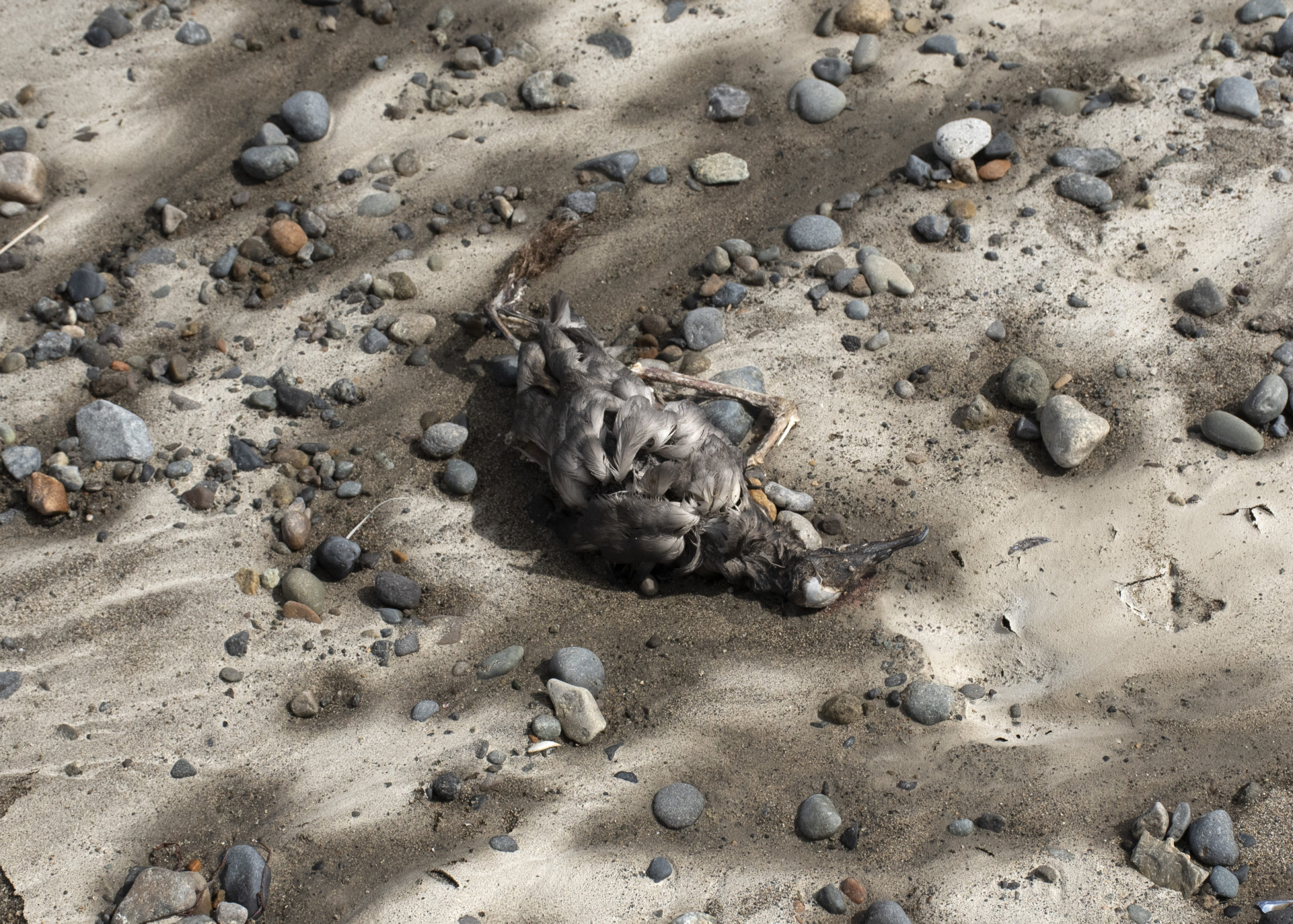
If algal toxins did not directly cause the deaths, could they have contributed by weakening the birds and making it harder for them to find food, eat and thrive? It will take time to sort that out, Van Hemert said.
“The pretty consistent finding across all of these die-off events was the birds usually come in pretty emaciated, so they haven’t fed in a while,” Van Hemert said in a presentation hosted last fall by the University of Alaska Fairbanks’ Nome campus. “We don’t know why that is. We don’t know if it’s because there’s not enough food available or not the right food available or if they’re somehow compromised and not able to forage and they normally would.”
If there’s an algal toxin effect in birds, it’s likely mixed in with other effects of a warming climate that are difficult to disentangle, said Arleigh Reynolds, director of the Center for One Health Research at the University of Alaska Fairbanks.
“You’re changing plankton, which changes the mass of small fish that feed off to them, which means that seabirds may have to travel a little further to get food. That means that they may be losing body condition, which means that their immune system isn’t going to be as good. So that might mean that it takes fewer virus particles to get an infection, or the infection is more severe,” he said. “This is a very complex, interrelated system. When you have multiple stressors happening at the same time, the impact is huge.”
Marine mammals are also vulnerable
The story of toxins in bird populations is echoed by events among Alaska marine mammals.
A landmark 2016 study provided new information about algal toxins in whales, walruses, seals, otters — 13 species of marine mammals swimming in waters from the Gulf of Alaska off the state’s southern coast to Beaufort sea off the Arctic.
As with birds, there is little direct evidence of algal toxins causing widespread deaths of Alaska marine mammals. But also as with birds, there is circumstantial evidence in some cases. A stranded walrus found in 2017 on the island of Little Diomede, the speck of land in the Bering Strait that is less than three miles from Russia’s Big Diomede Island, was acting strangely and in obvious distresses. After it was harvested, its intestinal contents were found to have saxitoxin level well above the safety limit for human consumption. The animal was among four walruses that tested positive for saxitoxin, part of a group of 39 that died in unusual circumstances.
Algal toxins are considered unlikely to accumulate in significant amounts in walrus muscle or blubber, but they are of concern to mammal hunters for other reasons. The whole clams stored in walrus stomachs are a traditional delicacy in Iñupiat culture, for example — and past research has found low levels of toxins in some of those clams.
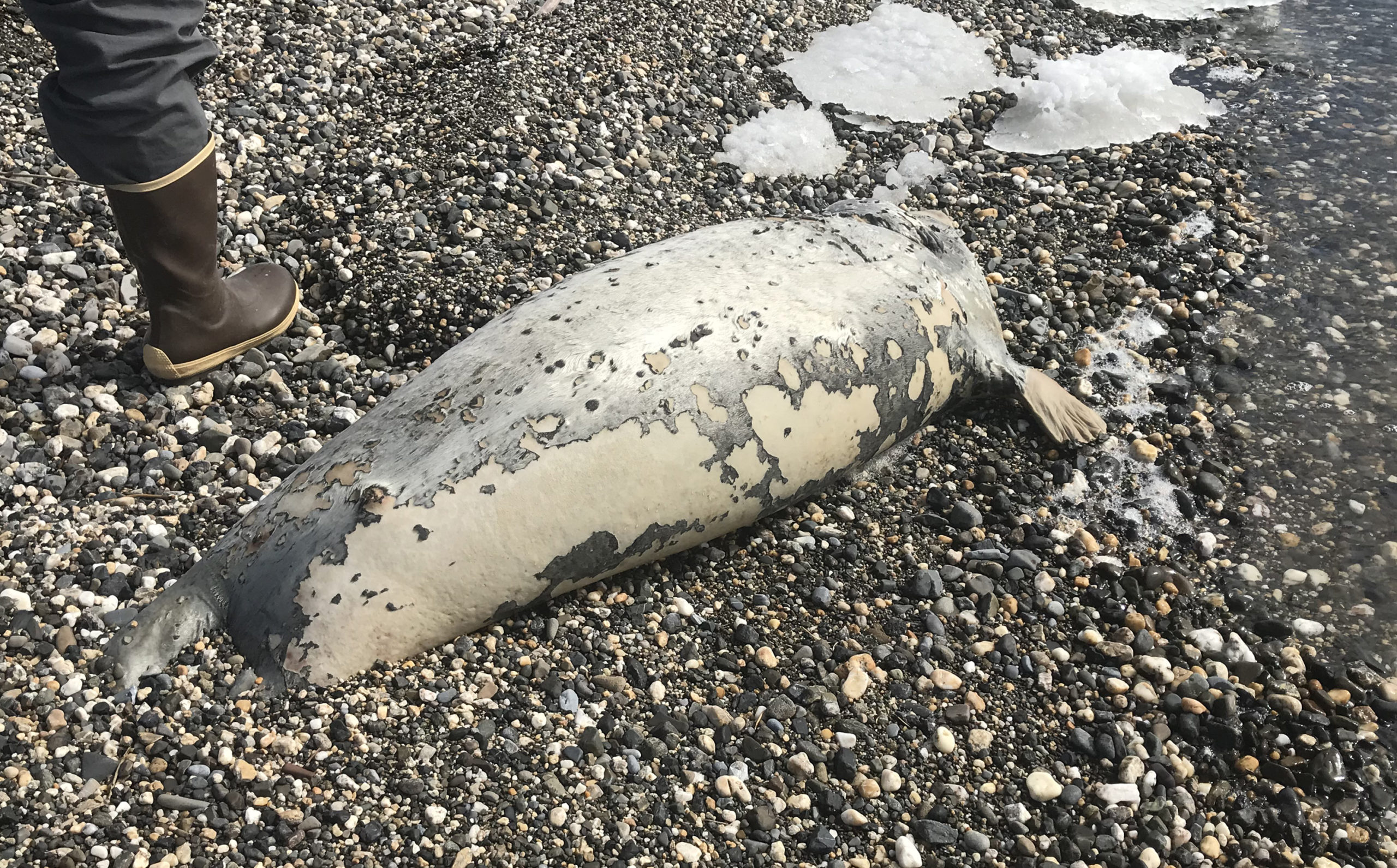
It is a new worry for people who get their food from waters near or above the Arctic Circle.
“This is really important in the northern Bering and southern Chukchi just from the human health, food-security issue, because these are wholly new phenomena. People have no history, no experience with things like paralytic shellfish poisoning, experience with those kinds of things infecting fish or marine mammals,” said Rick Thoman, a scientist with the Alaska Center for Climate Assessment and Policy at UAF.
Speaking at a December news conference on the 2020 Arctic Report Card, an annual status report issued by the National Oceanic and Atmospheric Administration, Thoman recalled a 2019 workshop held in Nome to discuss this emerging threat. “We’re on the phone with health aides briefing them on what to look for because it’s beyond their experience,” he said.
Determining whether saxitoxin in food from the sea has hit the danger level of 80 micrograms per gram can be a challenge for people in remote Bering Sea and Arctic regions.
The only laboratories that test shellfish for algal toxins are the state environmental health lab in Anchorage and the Southeast Alaska Tribal Ocean Research (SEATOR) lab, which was built and is operated by the Sitka Tribe of Alaska. Both labs will test samples sent from anywhere in Alaska, both use highly sophisticated testing protocols and both strive for 24-hour turnarounds. But for people in remote areas, shipping samples to Anchorage or Sitka can be difficult. That leaves residents of far-flung areas with a less-precise safety tool, the periodic monitoring of algal blooms in the water.
Yet unknown — and the subject of ongoing study — are what levels of algal toxins are dangerous for various types of animals. And testing marine mammals, whether dead or alive, is also a challenge.
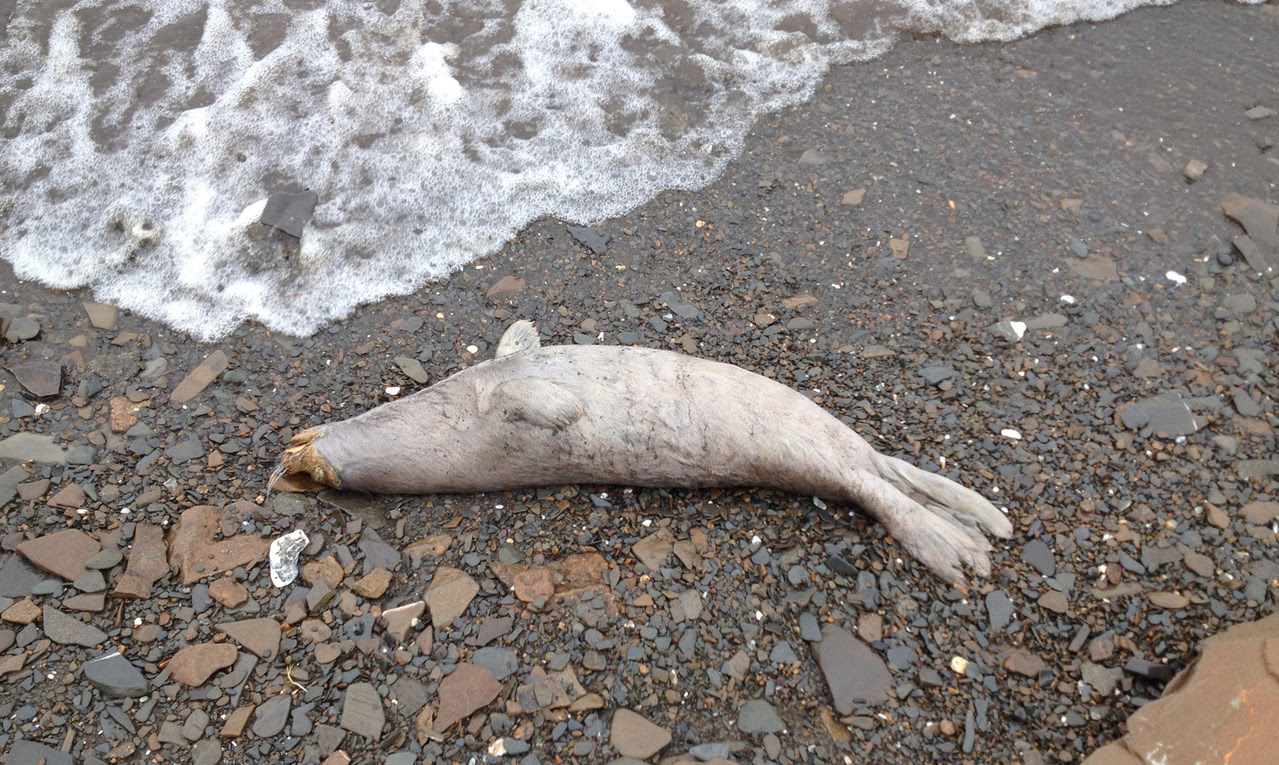
For Van Hemert’s study of murres, samples from live-captured birds were limited to feces and stored food that birds preparing to regurgitate to young. Many of the dead birds were too decomposed to yield useful tissue results or, of their carcasses were emaciated, lacking any gut contents to sample.
There are similar challenges when marine mammals are tested. Whales and seals that are victims of recent die-offs are often discovered too late for any useful sampling — if they are within reach at all.
Evaluation of bird and mammal samples is done at specialized labs out of state, such as the USGS National Wildlife Health Center in Madison, Wisconsin.
Other algal toxins pose a threat, too
Saxitoxin is not the only algal toxin of concern in Alaska.
Domoic acid, produced by some types of Pseudo-nitzschia algae, causes amnesiac poisoning. Unlike saxitoxin, which stops nerve functions, domoic acid overstimulates the nervous system. Poisoning can cause seizures, brain damage that can be permanent — and sometimes death.
Domoic acid has been regularly found in low levels Alaska birds and marine mammals, but there have been no documented cases yet of amnesic poisoning in Alaska animals. There are suspicions that it played a role in the 2015-16 die-off of large whales that stretched from California to Alaska, according to NOAA, but acquiring supporting evidence has been nearly impossible because the dead whales — if they could be even be reached — were generally too decomposed to provide meaningful analysis.
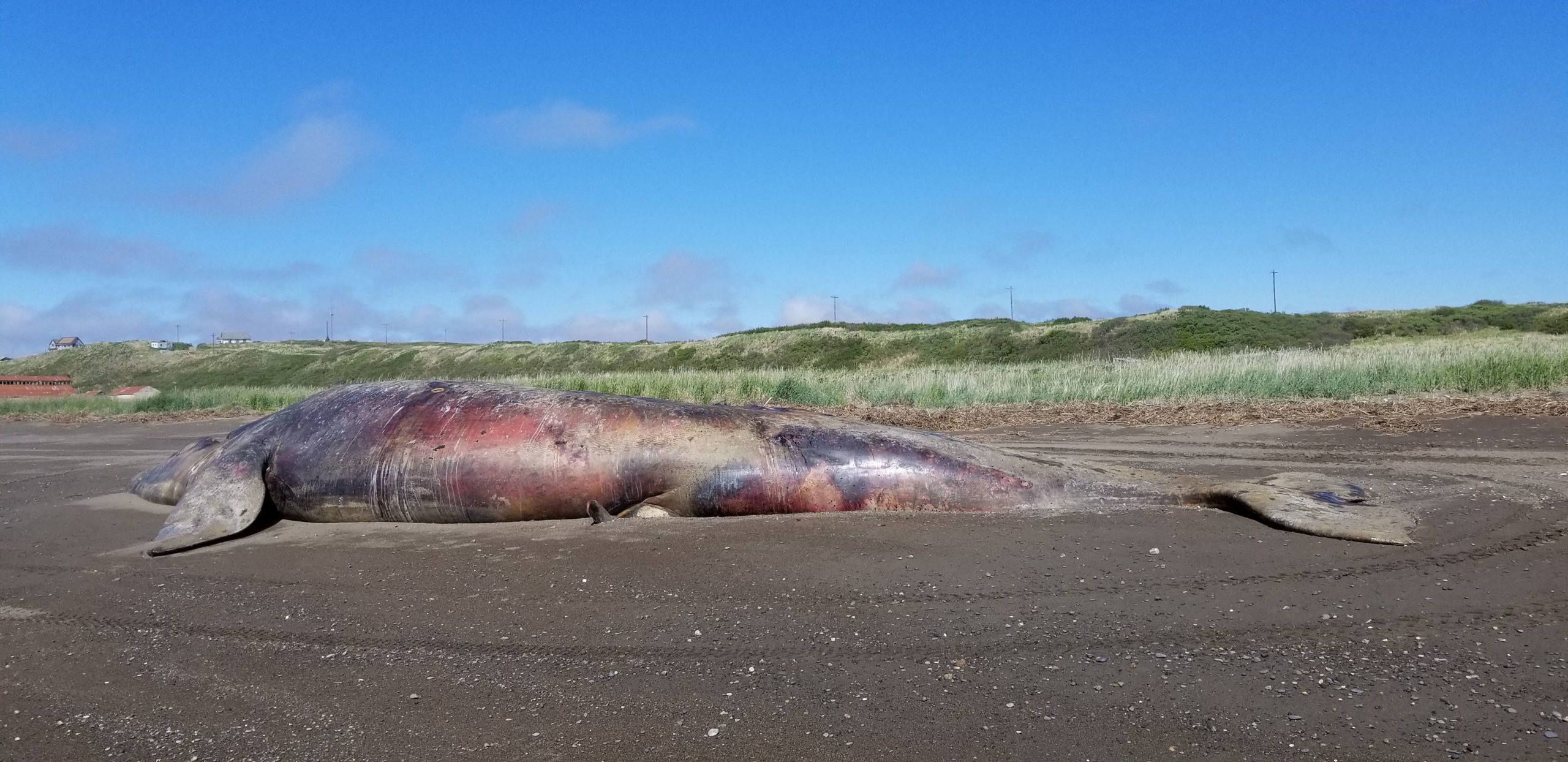
The only known human cases of amnesiac shellfish poisoning happened in 1987 on Canada’s Prince Edward Island when four people died and more than 100 others were hospitalized after eating toxin-laden shellfish.
In California, however, there is a history of domoic acid poisoning marine animals. There are known incidents of birds dying or falling ill after ingesting the toxin; in 2011, a team of scientists suggested that Alfred Hitchcock’s script for “The Birds,” a film about a deadly bird swarm, was inspired by a mass domoic acid poisoning event that left seabirds in a frenzy in North Monterey Bay.
In 2015, a massive Pseudo-nitzschia bloom that developed in the North Pacific’s persistent warm-water “blob” produced domoic acid that clearly poisoned sea lions in California. Domoic acid has been shown to cause brain damage among sea lions, and some have been found writhing on the beach as they shook with seizures. Domoic acid has been found in California sea lions’ stomach contents, urine and even amniotic fluid, raising concerns about continuous exposure to sea lions’ developing brains. A newly released long-term study of California sea otters found that exposure to domoic acid dramatically increased risks of fatal cardiac disease; otters that ate large amounts of crabs were most at risk, according to the study, by scientists from the One Health Institute at the University of California Davis, the USGS and other institutions.
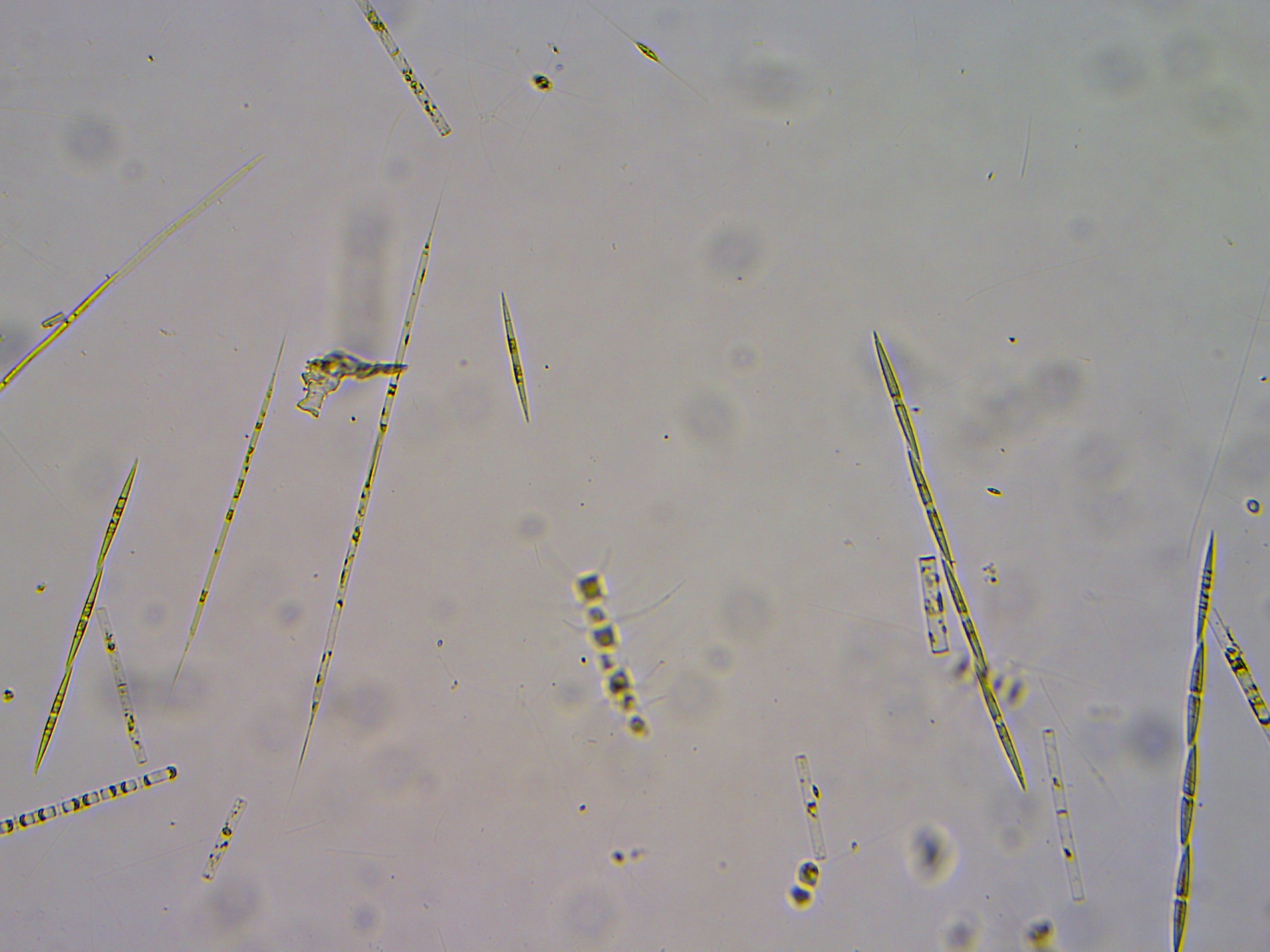
Pseudo-nitzschia blooms occur regularly in Alaska, and many varieties produce no toxins. “We see Pseudo-nitzschia blooms all the time,” said Kari Lanphierm, the Sitka Tribe of Alaska’s environmental lab manager.
SEATOR and other organizations in the Alaska Harmful Algal Bloom Network are on the lookout for some other noxious blooms — Dinophysis species that produce an acid that can accumulate in shellfish and, if people eat that shellfish, cause diarrhetic shellfish poisoning, and Heterosigma, which has caused fish kills and has been a problem in recent years for fish farms in Puget Sound.
Harmful algal blooms of various types are expected to become more common in Alaska waters in the future. Several factors combined with rising temperatures can create bloom-friendly conditions. Alexandrium, for example, thrives in slightly less salty seawater, which can result from accelerated glacial melt, increased river runoff and more rainfall — all products of climate warming — according to SEATOR. There is also emerging evidence that both Alexandrium and Pseudo-nitzschia produce more potent toxin effects when waters have reduced pH levels, raising concerns that ocean acidification will exacerbate toxin risks.
A warning for Alaska from Kamchatka?
A different type of harmful algae crisis occurred in the fall of 2020 on the opposite side of the Bering Strait. In waters that were much warmer than normal, a mass of foamy algae appeared off the coast of Russia’s Kamchatka Peninsula, killing masses of animals, from seals to sea urchins. The September outbreak was so overwhelming and damaging that it was initially believed to be some kind of pollution disaster. But further investigation revealed it to be a bloom dominated by mass amounts of the algae type Karenia, though other types of harmful algae were mixed in, including Alexandrium, according to Russian scientists. The bloom was so big and thick it could be seen from space. In addition to killing fish and even seals, it harmed people; surfers suffered skin irritations, corneal burns and vomiting, and ultimately 16 people wound up hospitalized.
The Kamchatka event may be a warning sign for nearby Alaska waters.
While Alexandrium and the saxitoxin it produces is the most immediate algal threat, Karenia algae have already made an appearance in Alaska. The first documented bloom emerged in 2013 in Kachemak bay off southcentral Alaska’s Kenai Peninsula. Called a “beer tide” for its frothy brown hue, it peaked that September. Scientists studying that event believe a combination of stored summer warmth, an influx of rain and other conditions brought the bloom to life. They are not sure how cells got transported to Kachemak Bay; the 2011 Japanese tsunami is a possibility, said a recent study that detailed the unusual bloom.
“It just sort of showed up and, boom, it was there,” said Wayne Litaker of NOAA’s Beaufort Laboratory in North Carolina, one of the study co-authors.
Karenia mikimotoi, the species that emerged in Kachemak Bay, has killed fish in places like Japan, Ireland and Maine. It damages fish gills, making it impossible for the fish to get oxygen, and it produces a substance that damages cells, irritating the skin. It acts more like a noxious chemical spill than an ingested poison, said Wayne Litaker of NOAA’s Beaufort Laboratory in North Carolina, one of the study co-authors. “It’s just nasty,” he said.
For now, the Alaska “beer tide,” which killed some fish, looks like a one-off created by an unusual confluence of events, said the scientists who studied the event. Follow-up surveys found no sign of Karenia mikimotoi spores taking hold in Kachemak Bay, Litaker said. It is thought that Alaska waters are still too cold by several degrees Celsius, at least in winter, for this algal species to become a permanent presence, he said.
“If it warms up 4 or 5 degrees, then all bets are off,” he said.
This story was supported by the Society of Environmental Journalists’ Fund for Environmental Journalism and the International Women’s Media Foundation Howard Buffett Fund for Women Journalists.


